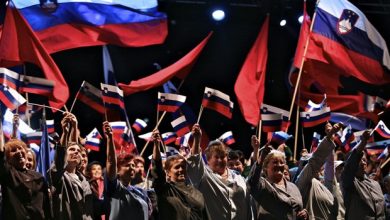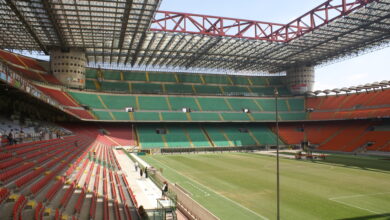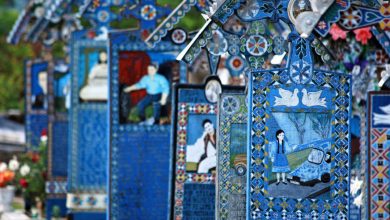A Polish Must-Read: Another Day of Life, by Ryszard Kapuściński

Former Polish reporter Ryszard Kapuściński witnessed many of the most important historical events of the late 1900s. From the civil war in Angola to the Cold War and the decolonization of Africa, he always focused on lives and events both common and extraordinary. In this article, we will discover his unique work through one of his shortest, but nonetheless richest, books: Another Day of Life.
Ryszard Kapuściński: A Life
Ryszard Kapuściński was born on March 4, 1932, in Pinsk, which at the time was part of Poland. After the Soviet occupation of the city in 1939, his family, fearing deportation for being Polish, moved to Otwock, near Warsaw.
His family was not rich, nor did he have any notable relatives. His life wasn’t much different from that of other young Poles under the communist regime of the Polish People’s Republic. That is, until he started working as a journalist in 1950. When he began working as a reporter for the Sztandar Mlodych, a youth-targeted pro-Soviet newspaper, and later for the Polish Press Agency, little did he know that it would be the start of nearly thirty years of adventures around the world.
It was during these travels that Kapuściński witnessed the transformation of the world during the Cold War: the African decolonization and its coups and civil wars, the Iranian Revolution, and the political crisis in South American countries. Once he came back to Poland, he lived long enough to see his country struggling to overthrow the communist regime. He then also witnessed the transition to democracy and the accession to the European Union. He died on January 23, 2007.
Another Day of Life
In Another Day of Life, Kapuściński recounts his life during the autumn of 1975 in Angola. That was the year when, after a long and bloody war, the African state gained independence. With its newfound independence, Angola nevertheless struggled with its identity. Another war was raging, soured by the departure of Portuguese troops and people: that between Angolan communists and anti-communists.
On one side, there was the left-leaning MPLA (People’s Movement for the Liberation of Angola). The MPLA was in charge of negotiating the independence of the country and wanted to assure it a socialist-leaning structure. On the other, the UNITA (National Union for the Total Independence of Angola) and FNLA (National Front for the Liberation of Angola) were against the creation of a People’s Republic. The struggle was clearly one of the proxy wars between the global Western and Eastern blocks at the time. It is no surprise, then, that direct support was given to the two factions by Cuba and South Africa.
After describing the miserable state of Luanda, the capital of Angola, as Portuguese settlers left the city and hostile forces started to siege the suburbs, Kapuściński travelled to the front line. There he witnessed the apparently unstoppable advance of anti-communist forces and armoured South-African formations, all while escaping death on several occasion. The end of the conflict came when Cuban soldiers and supplies arrived from across the Atlantic, bringing balance to the conflict. This allowed the first president of Angola, MPLA’s Agostinho Neto, to officially declare independence on November 11, 1975.
In 2018, an animated movie of the same name – quite faithfully based on this book – was made.

Why should you read it?
Why should Europeans care about a book which talks about Angola, an African country? Well, because it’s not just a report about Angola, and the struggle for Angolan independence is not just about Africa.
Kapuściński offers a window into what 1975 meant to the Portuguese people of Angola in all strata of society. Not only rich retailers and shop owners, but also middle-class workers and farmers. They were all forced to abandon their homes, fearing persecution. Almost 300,000 civilians left the former colony, with most of them going to the Portuguese mainland. Along with other expatriates, mainly from Mozambique, their sudden arrival created a huge problem in accommodating and employing them. They were known as the retornados. But a few remained, fighting alongside the MPLA. That’s the case of commander Farrusco, who the author met on the frontline in the south of the country.
So, Another Day in Life is also about the relations between Africa and Europe. It’s part of both African and European identities, regardless of what certain nationalist theories would like to propose.
And it’s not even just that. The book’s structure is divided between the author narrating his experience and his dispatches to the Polish Press Agency. This gives us an idea of what it meant to be the only Polish reporter in Africa at the time: being white, European, and from the socialist sphere. Risking his life at checkpoints, struggling with poor financial resources, but nonetheless carrying on with his work.
Thanks to its autobiographic nature, it is possible to read this book through the lens of multiple approaches, all precious. As a basis to learn about a historical period and its society. Being the subject of a case study on journalistic reports. As an adventurous tale. Or maybe, through an interdisciplinary approach blending all these together.





